What’s a “Gas Trap” Garand?
May 26th, 2020
7 minute read
The rifle that General George Patton described as “the greatest battle implement ever devised” was not an overnight success. Just 16 months before America’s entry into World War II, the M1 rifle underwent a design change to its gas-operating system. This change appears to be a nuance to some, but it would prove to be significant in the weapon’s legendary battlefield performance.
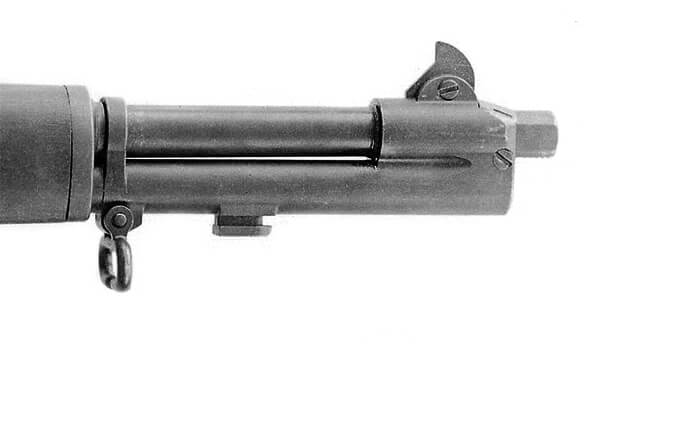
During the past twenty years, interest in the M1 rifle has grown dramatically. Consequently, the nuances of the rifle’s design and manufacture have been scrutinized more than ever before. Still, many firearms enthusiasts have questions about the early M1 rifles and how the weapon evolved. One of the biggest areas of interest is in identifying the “gas trap” version of the M1.
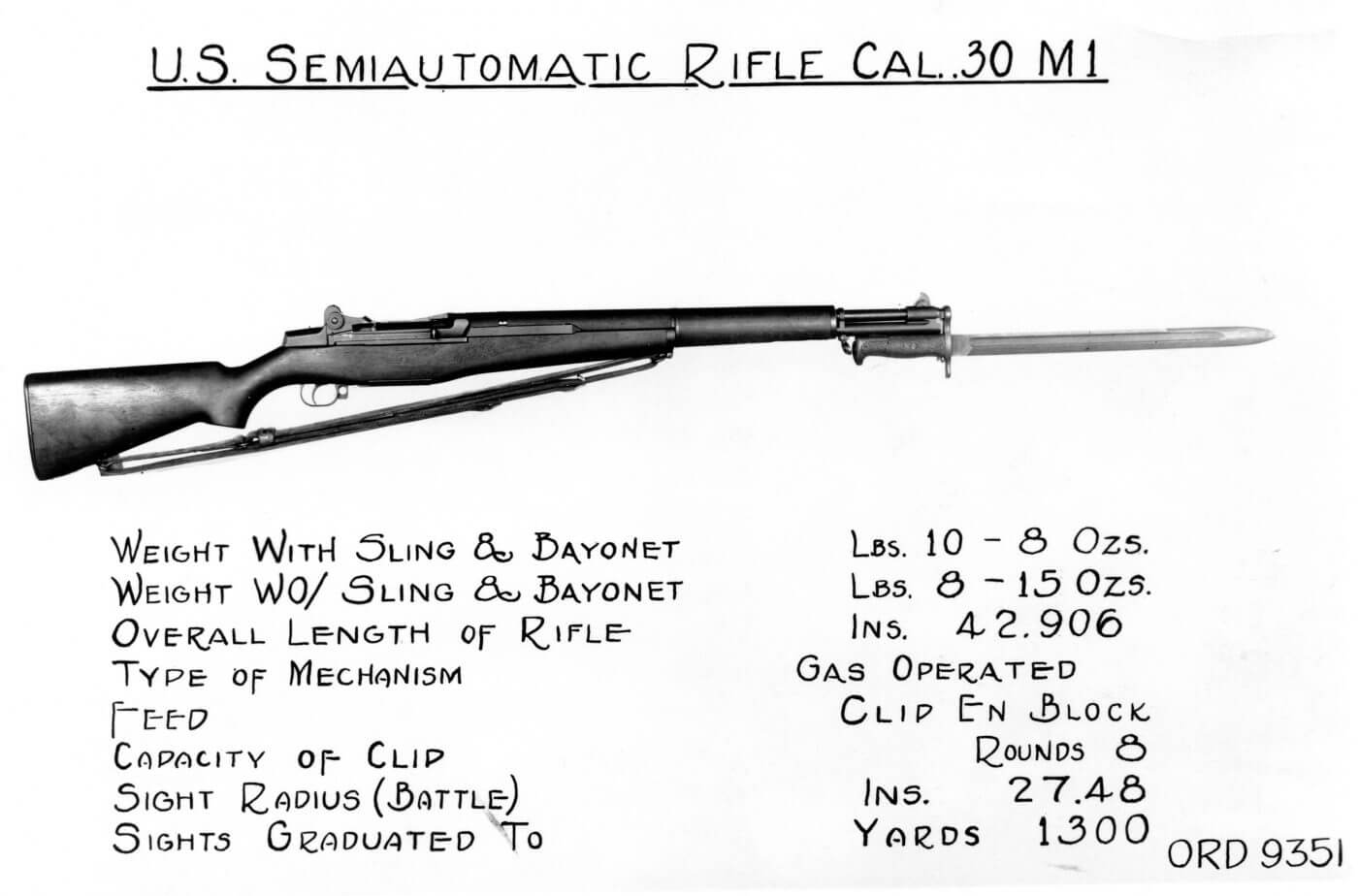
Gas Trap vs. Gas Port
It is important to note that the term “gas trap” is essentially a nickname, an informal term that does not appear in U.S. Ordnance documentation. The same applies to the term “gas port”, which represents the upgraded system used on the M1 rifle with which most people are familiar.
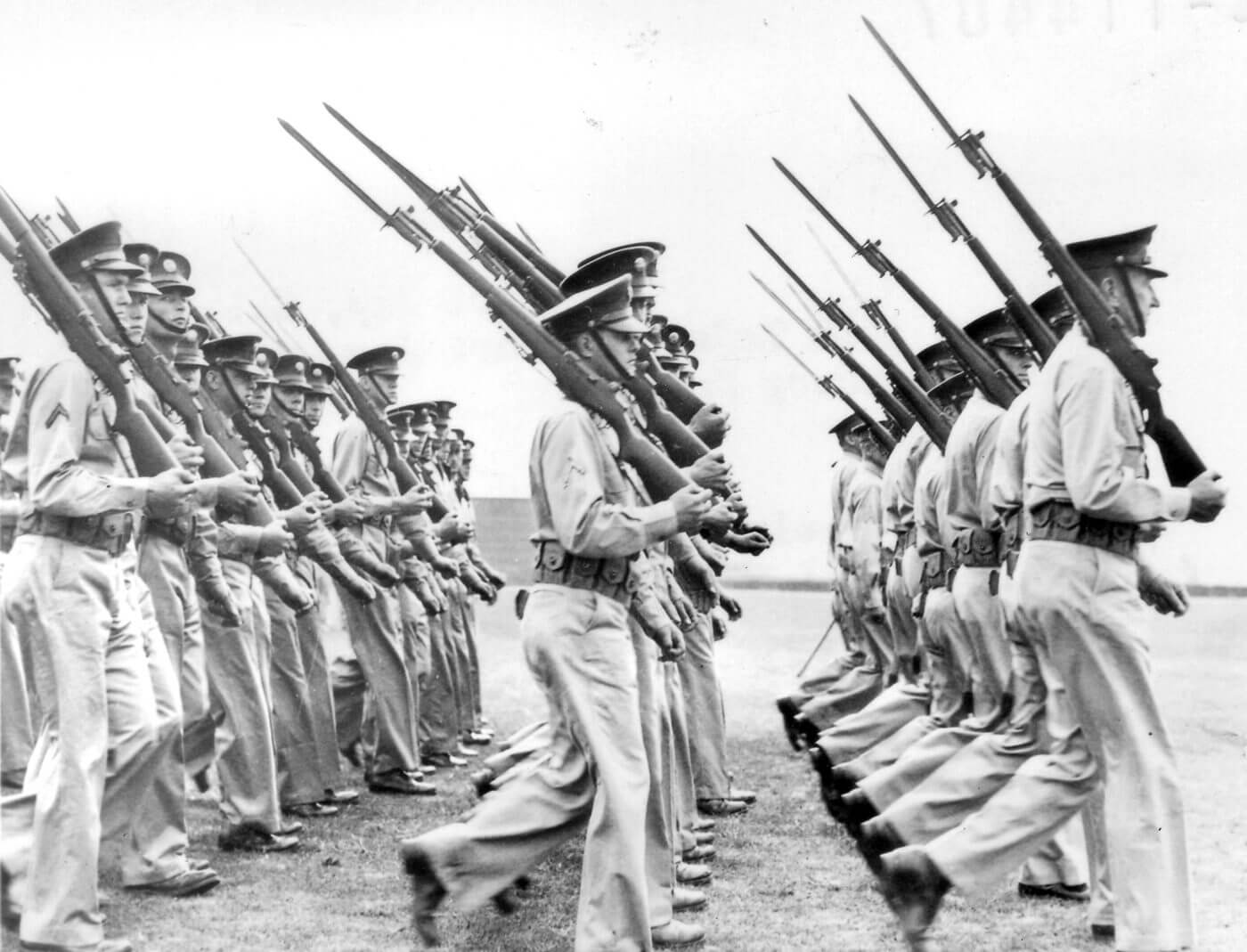
John Garand’s original design, as adopted in 1936, used a gas trapping system that was somewhat similar to those used by other early semi-auto rifles like the Bang and the Mondragon. This method traps some gas in the space between the rifle’s muzzle and a specially designed muzzle cap. The trapped gas is then forced backwards through a cylinder to drive the action of the rifle.
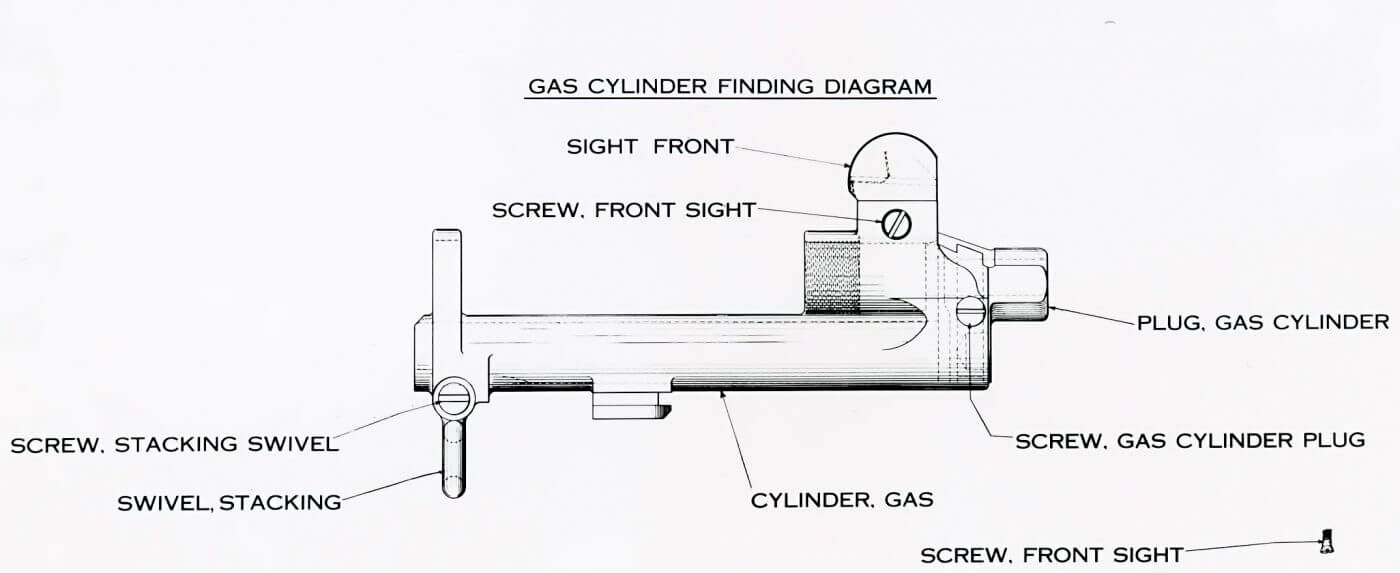
The U.S. military took a long time to develop and test the M1 rifle, and even though Garand’s invention was a breakthrough in small arms design, its original gas system created serious concerns. Production notes from Winchester and rigorous field testing by the military identified the “gas trap” as a weak point and a new gas system was recommended.
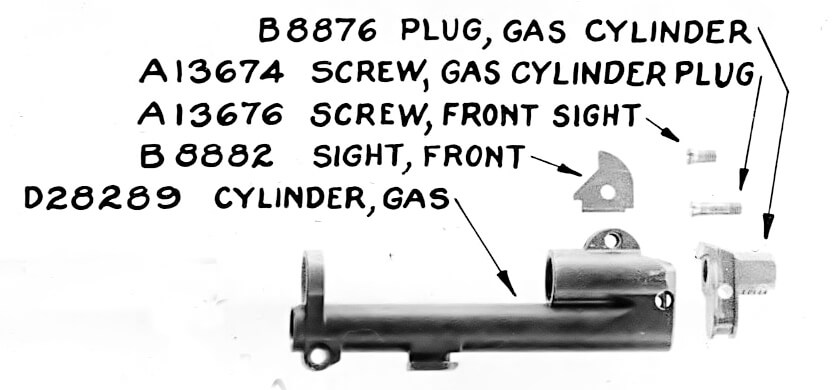
M1 Garand researchers Billy Pyle (The Gas Trap Garand, Collector Grade Publications, 1999) and Bruce Canfield (The M1 Garand Rifle, Andrew Mowbray Inc. 2013) noted the primary concerns voiced about the problematic “front end” of the gas trap Garand rifles:
- Because of the gas trap system, the original M1 design did not provide a sturdy attachment point for the M1905 bayonet. In the 1930s, and even throughout WWII, the US military considered the bayonet to be of great importance, so its proper attachment to the M1 rifle needed to be revised.
- The gas trap mechanism proved troublesome to clean. Carbon deposits could quickly build up and harden, requiring that the entire front end be removed and then scrubbed and oiled with some great difficulty, particularly in the field.
- There was the potential that the gas cylinder plug could become loose. When a round struck the loose plug as it was leaving the barrel, the entire assembly could be blown off the rifle, leaving the weapon inoperative.

Most of the gas-system redesign discussion took place during 1939, but it took until March 15, 1940 before drawings for the new gas system were ready to provide the M1 with a revised “front end.” Meanwhile, production of the gas trap Garand rifles continued (albeit at a slow pace) until August 1940. World War II was nearly a year old, and America’s military planners began to feel the mounting pressure for the United States to join the fight. M1 rifle production ramped up quickly in late 1940 and had reached 600 rifles per day by the end of January 1941. Even so, when war came to America in December 1941, distribution of M1 rifles was spotty.
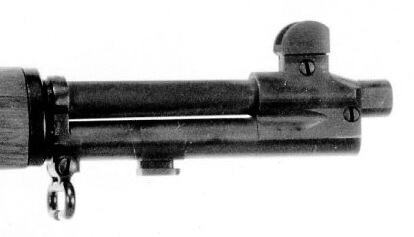
The new gas port system replaced the original design by using a 90-degree hole that was drilled near the rifle’s muzzle, creating the piston-driving power but in a much more reliable way. Ultimately, a gas port system is used by most gas-operated rifles and machine guns today.
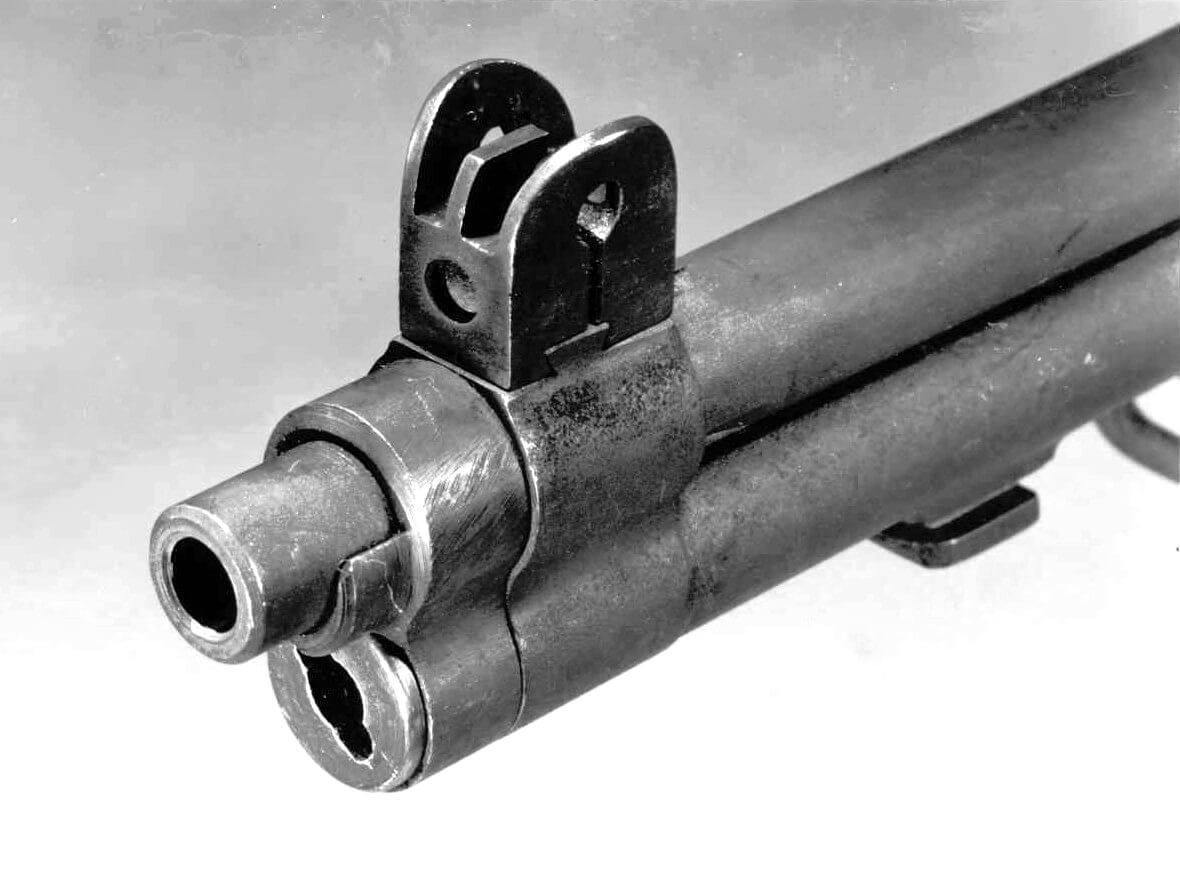
Ordnance documents in later 1940 outlined the reasons for the M1’s gas-system upgrade:
Identifying the correction made to the bayonet and sight mount: “The gas cylinder of the U.S. Rifle, Cal. .30 M1 has been redesigned to give increased reliability of the functioning and to insure a rigid mounting of the gas cylinder to the barrel with the rotational movement. It has also been strengthened to provide a firm mount for the bayonet and front sight and to afford a greater resistance to abuse.”
Describing the difference in the new gas-port: “This assembly differs from the old assembly functionally in that there is a gas port in the barrel, whereas the former assembly trapped a portion of the gases after the bullet left the end of the barrel.”
Finally and maybe most importantly: “Rifles of this type can be fired for a long time, and perhaps indefinitely, without trouble from carbon deposits in the gas cylinder.”
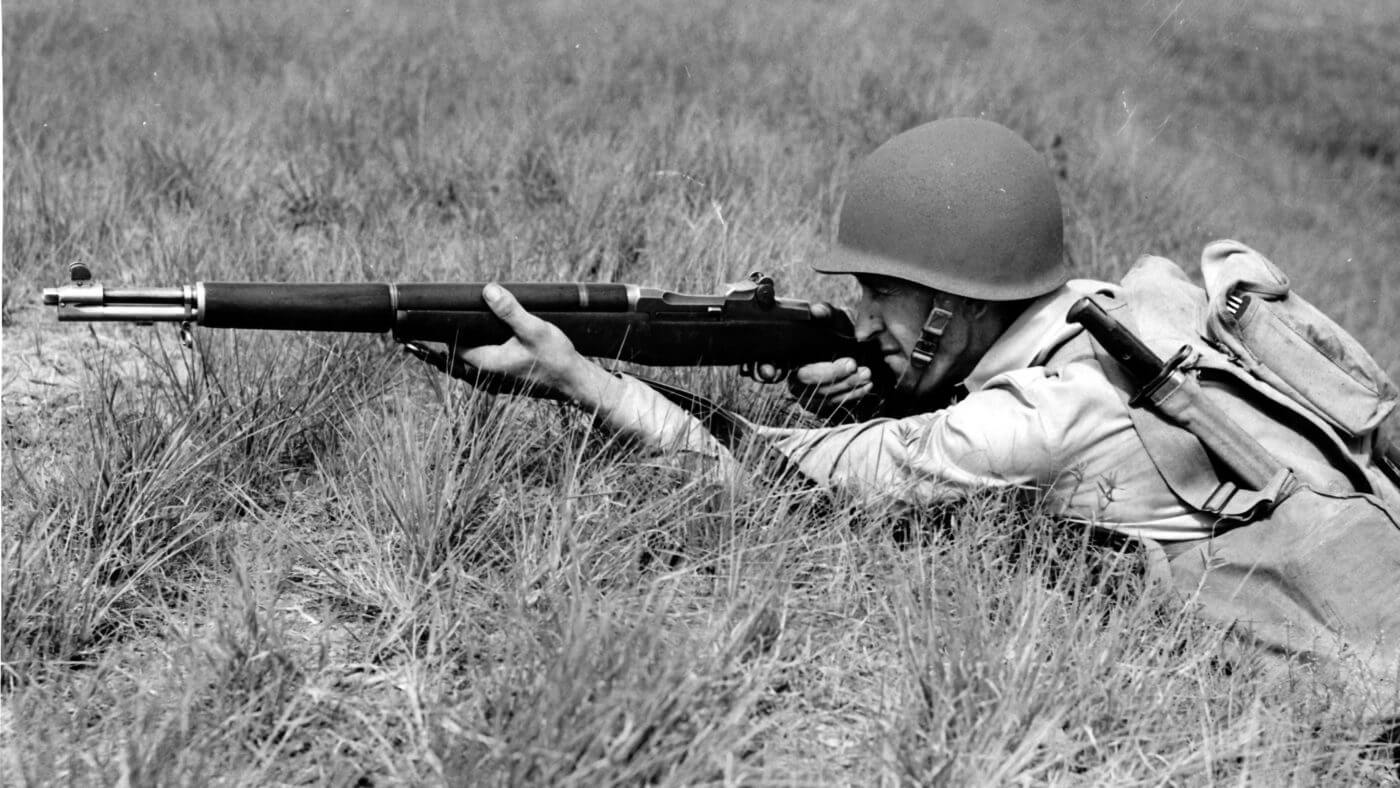
During World War II
Author and researcher Bruce Canfield estimates that there were about 48,100 gas trap M1 rifles made. Many of these were issued, and then, as available, they were recalled to be refurbished with the gas port upgrade. Any remaining gas trap M1 rifles were ordered scrapped during 1947.

When the Japanese invaded the Philippines in December 1941, some U.S. troops stationed there were equipped with M1 rifles. Reports of their use in combat before the Japanese overwhelmed the defenders on Bataan were highly favorable. From the limited amount of photos available of the M1 rifles issued to units in the Philippines in 1941, it appears that some of them were gas trap rifles. Other World War II photos show the occasional gas trap M1 in service until late in the war in various combat zones around the world. Apparently, some of the early M1 rifles made their way overseas long after they were supposed to have been upgraded — ultimately, they ended up serving their country even in a “less-than” configuration. Such are the strange nuances of the massive U.S. logistics effort during World War II.
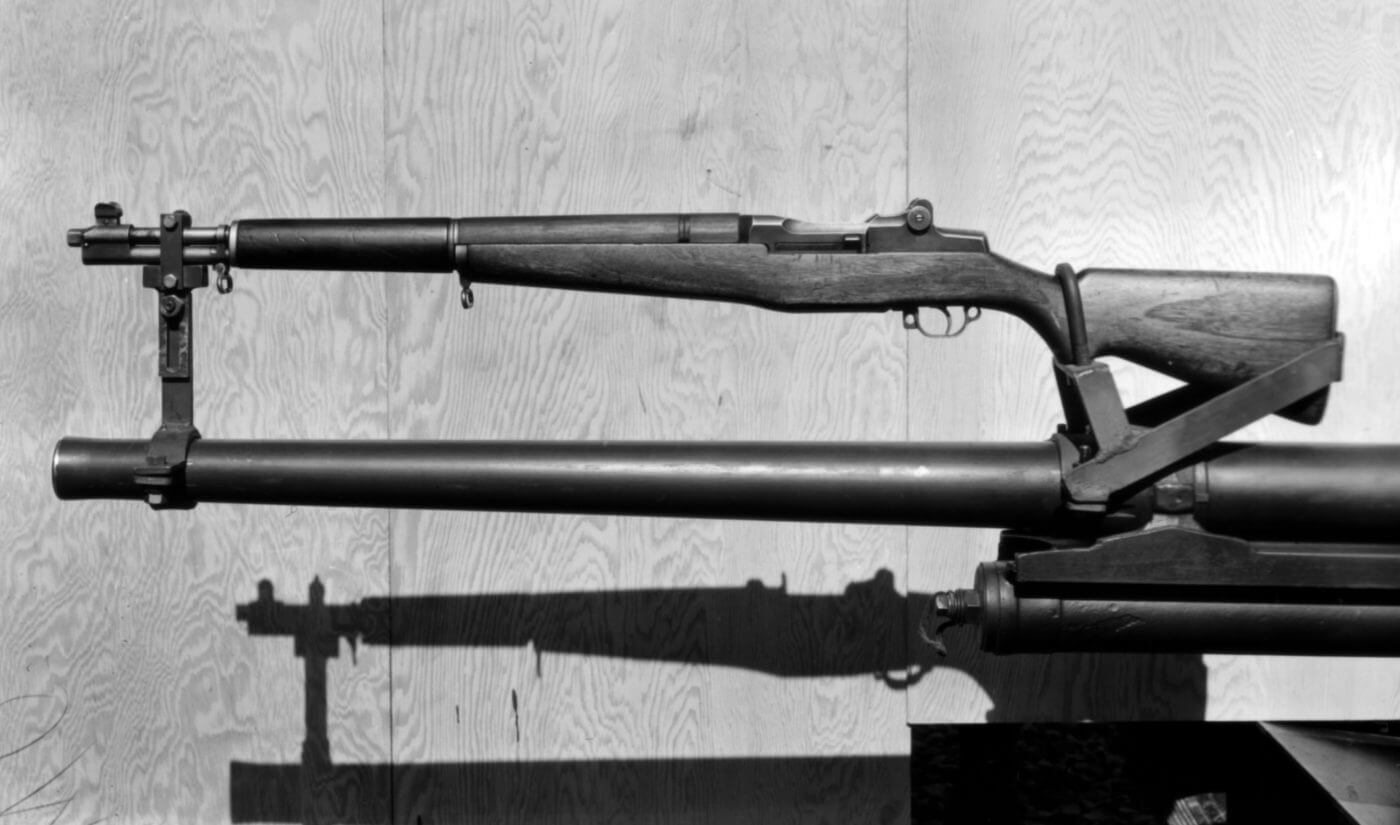
Rarest of the Rare
I asked Bruce Canfield about the current value of a gas trap M1 Garand in good condition.
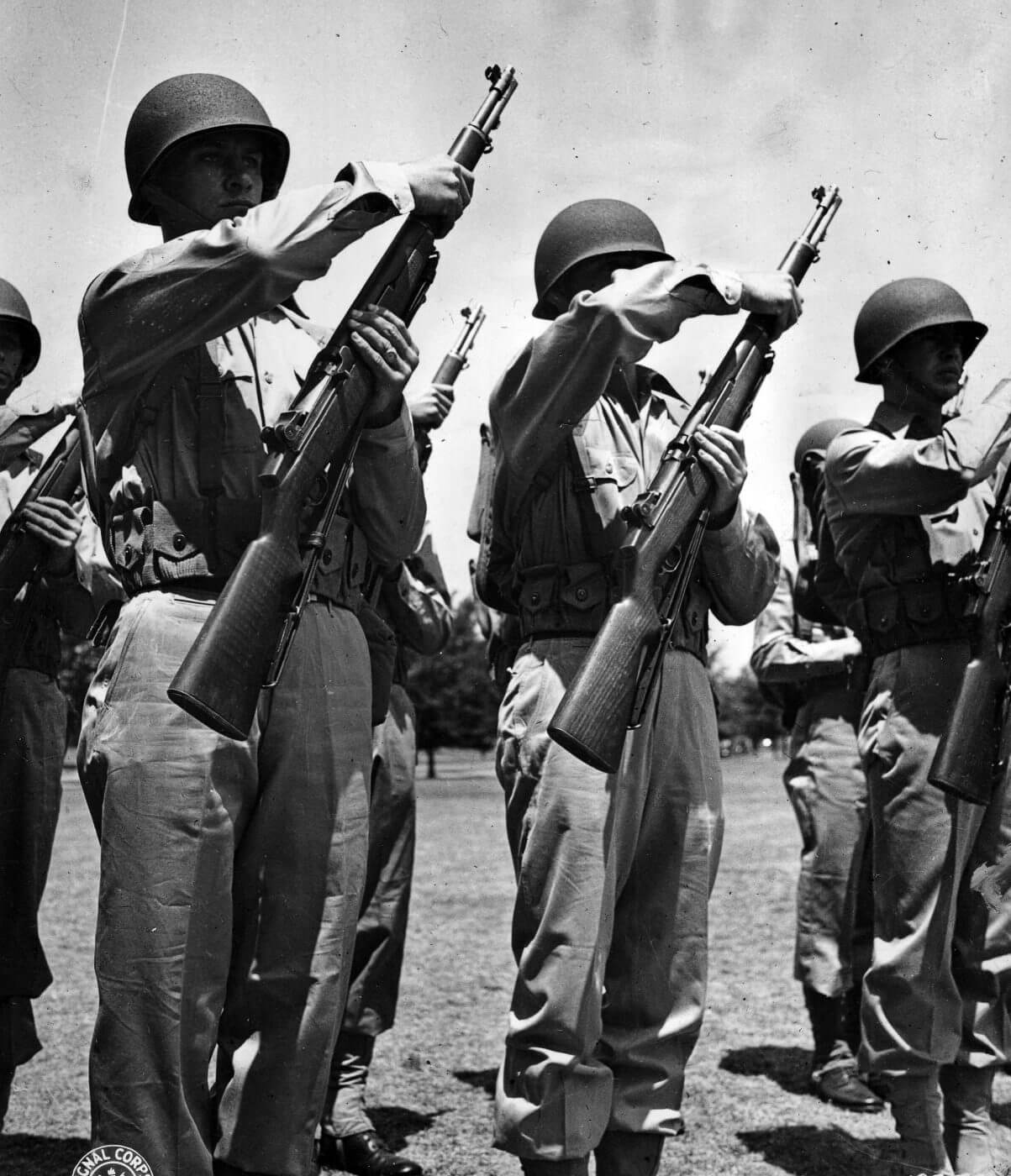
He responded that almost every reputed “gas trap Garand” he’d seen for sale during the past 15 years had been built up with incorrect or reproduction parts. So, the chances of finding a legit gas-trap M1 are pretty slim these days, but if you should be so lucky, a pristine early production rifle (with a four-digit or lower serial number) would cost at least $50,000.
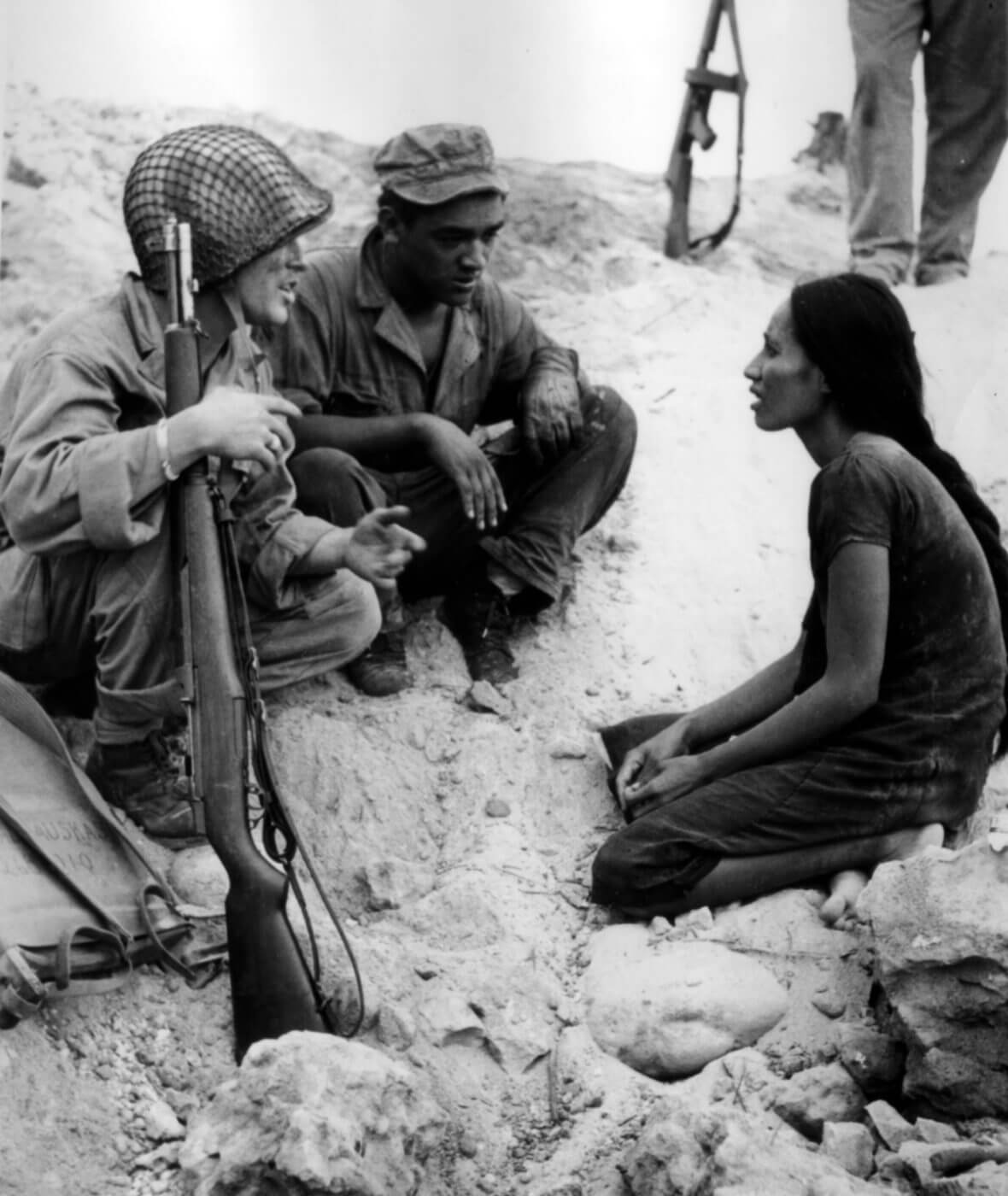
Mr. Canfield went on to say that a legit example, even in lesser condition (excepting a rifle that is a total mess) would cost about $20,000, give or take. I can assure you that for at least the time being, I will not stand in your way as one of the competitive bidders!
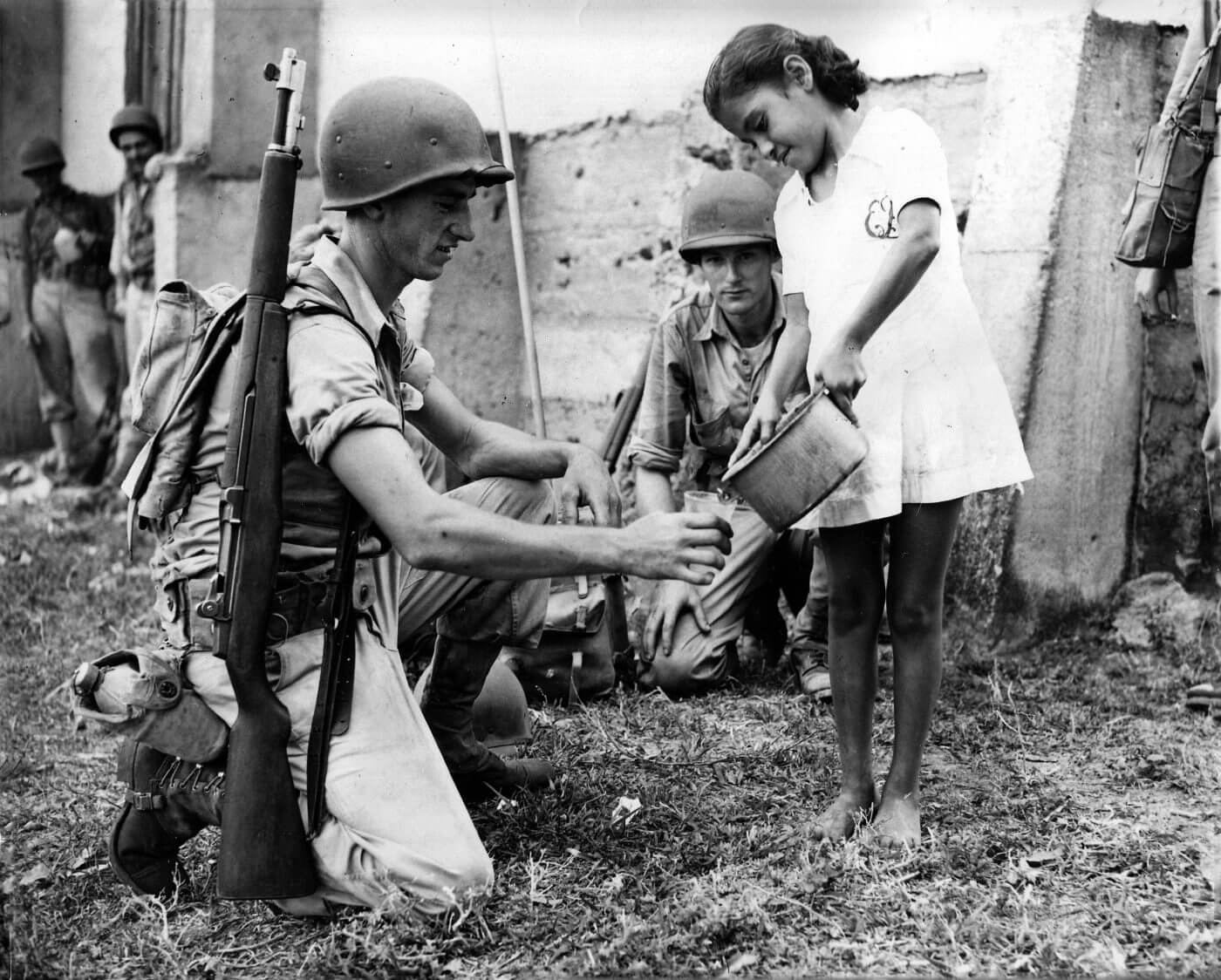
The Arsenal of Democracy
By the time that World War II ended, more than five million M1 rifles had been produced. John Garand’s rifle was one of the outstanding weapons of the war, and the M1 continued on as the U.S. military’s standard rifle until 1958. The Japanese attack on Pearl Harbor on December 7, 1941 caught America by surprise. Our military, in the overall, was unprepared for war. However, thanks to a wise and timely revision to its gas operating system, our standard service rifle was ready for action, and the M1 Garand was primed to become a battlefield legend.
Editor’s Note: Please be sure to check out The Armory Life Forum, where you can comment about our daily articles, as well as just talk guns and gear. Click the “Go To Forum Thread” link below to jump in!
Join the Discussion
Continue Reading
Did you enjoy this article?

 99
99






